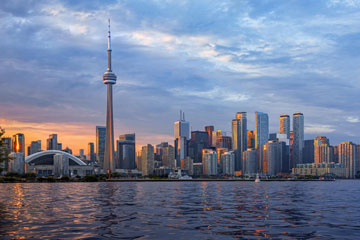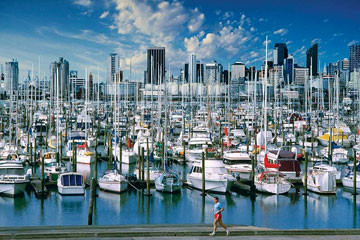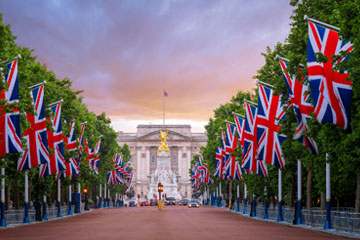New Zealand is a unique country with its unique culture and stunning natural environment. It attracts students from all over the world for a number of reasons whether it is its gorgeous scenery or its excellent study opportunities. Students choose to study in New Zealand for its high-quality education which is recognized throughout the world.
Why Study in New Zealand?
With passing days more numbers of students are choosing to study in New Zealand for their education and make their careers. New Zealand is one of the safest and beautiful countries in comparison to other countries in the world. It has become one of the most attractive destinations to study in for international students as New Zealand offers excellent study opportunities with world-class education.
New Zealand’s universities and institutes are internationally recognized and accepted as one of the high-quality education provider countries in the world. Its qualifications are highly regarded by employers among other countries.
New Zealand is the perfect study abroad destination for Indian Students due to its lower annual tuition fees and low cost of living for many courses. The living expenses and study costs in New Zealand are cheaper than another study abroad destinations like Canada, UK, Singapore, and Australia.
Know About New Zealand
Area: New Zealand is a self-governing country, (a Parliamentary Democracy, although there is talk of Republic within ten years) in the Southern Pacific Ocean, a member of the Commonwealth of Nations. It comprises two large islands—North Island and South Island—and numerous smaller islands, including Stewart Island, to the south of South Island. The area of New Zealand is 268,676 sq km (103,736 sq mi).
Climate: New Zealand lies within the Temperate Zone; the climate is generally mild, and seasonal differences are not great. The north end of the Auckland Peninsula has the warmest climate; the coldest climate occurs on the southwestern slopes of the Southern Alps. Rainfall is generally moderate to abundant and, except in a small area in the south-central part of South Island, exceeds 508 mm (20 in) annually.
Natural Resources: The land is the most important resource of New Zealand. It is ideal for crop farming, dairy farming, and 50 Million sheep, all of which predominate the economy. Forest products are also important. Numerous mineral deposits are found throughout the main islands, including coal, gold, pearlite, sand and gravel, limestone, bentonite, clay, dolomite, and magnesite.
Culture: The earliest (pre-European) cultural tradition in New Zealand was that of the Maori. The literature consisted of history, tales, poems, and myths handed down by oral tradition .i.e. fireside stories. The indigenous art of New Zealand was also Maori. European settlers, particularly the English, brought with them their own traditions; colored by an unsettled, expatriate sentiment that was a strong influence on the cultural life of the country until the early 20th century, but that has since given way to a more multicultural society.
Language: English is the official First language, and Maori the official Second language, although it is rare to hear Maori spoken in the urban environment. Most Maoris do not speak Maori, a Polynesian language, but they learn it as a second language and speak it amongst themselves.
Currency: The New Zealand dollar (sign: $; code: NZD) is the currency of New Zealand.






